The Racing Pigeon Loft Part 2
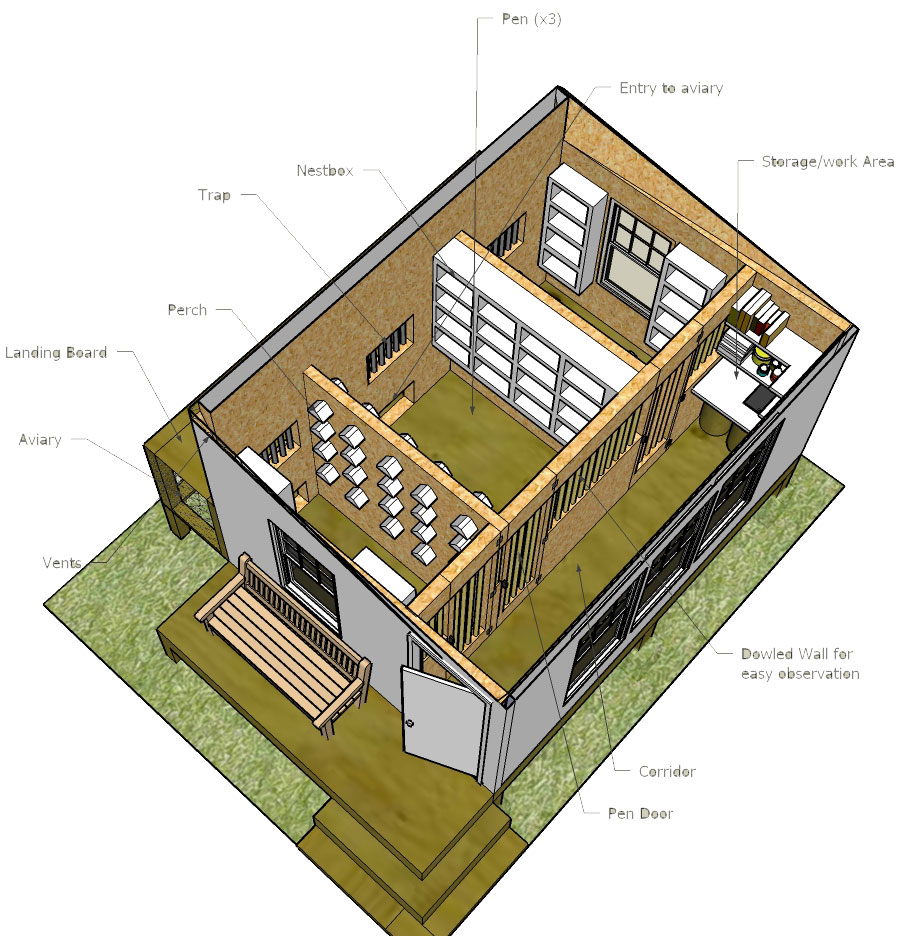 Ventilation
Ventilation
When the air inside the loft is not as fresh as the outside air, then there is a ventilation problem.
The traditional Australian loft is open at the front and gets good race results in areas with low humidity (non-coastal and inland regions, South Australia etc.). Such a loft requires little other ventilation other than vents on the back and side walls of the loft. Place the vents under the perches rather than at the top, so that the air does not pass over the birds resting in the perches. The flow of air over the birds created by incorrectly placed vents is referred to as a draft and causes illness by preventing the birds from resting.
The creation of proper ventilation in enclosed lofts is more difficult to achieve and in dry areas it is often better to avoid enclosed lofts. However, in high humidity and very cold areas the loft must be enclosed at night to maintain the form of the fit race team, although it is opened up as much as possible during the day. The best lofts can be opened up during the day and closed up at night, when it is raining or during cold humid weather.
More ventilation is required in closed lofts than open lofts. Ceiling or wall ventilation fans are often used to improve the circulation inside the loft. Vents placed on the back and side walls near the floor are open during the day and on warm nights and closed when it is wet or cold. Double-check the quality of the air inside an enclosed loft by asking an asthmatic friend to stand inside and pass an opinion as to the freshness of the air.
Pigeon numbers
Overcrowded lofts do not race to their true potential. Overcrowding increases fighting, creates restlessness and increases the staleness of the air. Overcrowded lofts have consistently good droppings, although the birds may be healthy. Often healthy nutty droppings return when the numbers are decreased. The best race results occur when the numbers are kept around 25 birds per 6 foot x 6 foot by 6 foot loft.
Wetness in the loft
Waterproofing the loft is a priority, because wet floors endanger the health of the birds. Fit race birds immediately lose form and often succumb to coccidiosis three days after the floor gets wet. Disinfecting or cleaning the loft using water must be reserved for warm days or allowed to dry whilst the birds are out exercising. Concrete slabs hold water and are not recommended for race lofts and must be designed to drain and dry quickly when used beneath elevated flights during the race season.
Clean loft
Pigeons love a clean loft and rest better when the perches and floor are cleaned free of droppings. Sand on the floor looks good, but is not recommended during the cold months of the racing season. At this time the birds may suddenly over-engorge on it and lose form because of the resulting “gut ache”. Pigeons love to lie down on straw but it must be perfectly fresh, clean and be free of dust or moisture. Black marks and a musty smell to the straw indicates mould on the straw, which can damage the pigeons airsacs when inhaled.
The loft is cleaned at least once and even better twice daily during the racing season.
Twice daily cleaning allows the fancier to monitor the health of the race team very closely. A change in the droppings is then recognised very early and the appropriate remedy (either rest, water cleanser, medicines, loft heaters etc.) can be quickly and effectively prescribed. The design of the loft must be such that scraping is made as easy as possible. The floor should be perfectly flat and smooth and the perches must be wide enough and brought out from the wall for easy scraping.
Loft position
The best lofts are positioned in the yard to get the most amount of sunlight from the day during the racing season. In Australia, the best direction to face the loft is between North West to North East, because the sun moves northward during the winter months of racing. Lofts need as much sunlight as possible. They also need space to breathe fresh air and are best away from trees, fences and be elevated.
The resting pigeon
The best designed lofts create an environment that is so relaxing that during the day and at night-time the birds lie down on the ground or on the perch with their wings hanging loose. The compartment sizes should not be too large, but small and low enough for the fancier to catch the birds easily without chasing them around the loft. The race team is tamer and more relaxed in a loft with smaller compartments. The best size sections are 6 inches higher than the fancier, 6 feet deep and 5 feet wide.
Loft materials for ceilings, walls and floors
In high humidity areas the ceiling and walls of the pigeon loft must be lined if consistent racing results are to be enjoyed. Masonite and wood are better insulators than metal. The best floor for racing is made of wood (form ply or marine ply) because it is a good insulator, stays warm, and is smooth for effective scraping. It can be unscrewed and replaced with wired floors during the off season if required. Wood floors are harder to disinfect. Concrete floors are not recommended in the race loft because they are cold and retain moisture, but they are good for the breeding loft and can be used for the race loft if they are centrally heated. In high humidity areas wire floors are not recommended for racing because the droppings beneath the wire accumulate moisture and grow fungus, which causes moulding disease. They are acceptable in dry areas and during the breeding season, but must be treated for fungus and insects regularly.
The Racing Pigeon Loft Part 2 by Dr. Rob Marshall
The Leading Online Pigeon Racing and Racing Pigeons Magazine – The Pigeon Insider



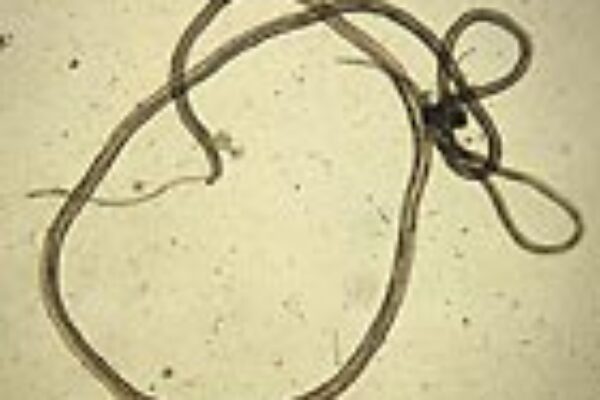
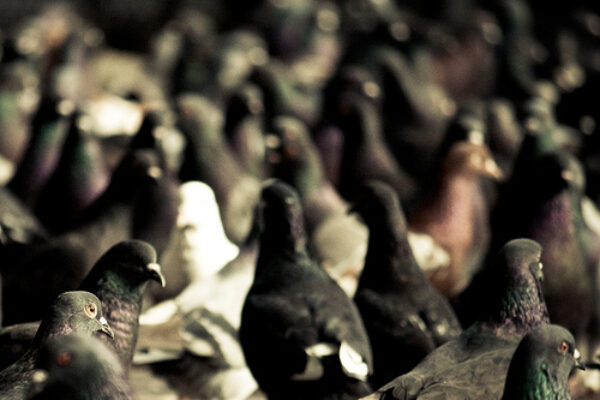
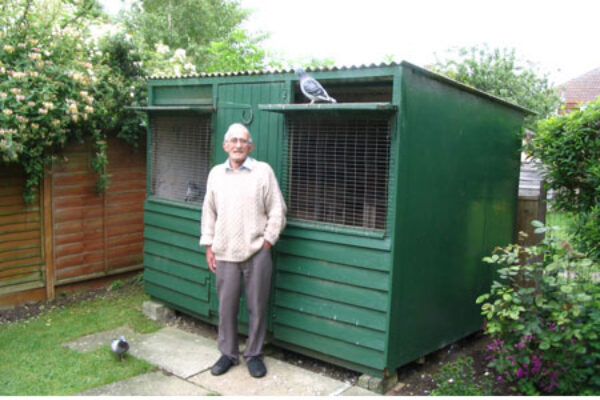

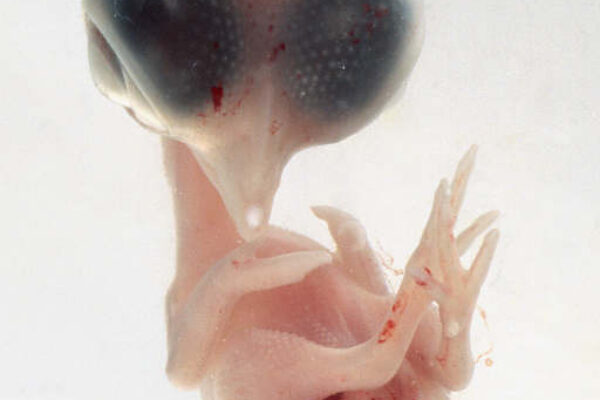


this design is very good to follow even the beginners will not commit error in erecting a new loft .
Hey Chris,
Thanks for all the valuable information you give us new flyers. I am 47 and this is my first year in the pigeon game and I love it. I built my loft last September from the ground up by myself (my daughter did video diaries of the daily progress). I took all the advice from your articles and the comments of other flyers. My loft is 16’x12’; 1 8’x8′ breeders section and 2 4’x8′ sections for young birds and females when not breeding. The entries that I read on your site have influence my loft plans tremendously. Thank you for all the loft ideas and the pigeon teaching skills and most important your encouragement.
Thanks Matt
just getting started learned a lot ……I am looking for good breeding stock for racing..I am going to join the pigeon club here in san antonio…hopefully get a lot of good advice…….hope to meet some good honest racers and breeders…..GOD BLESS
hello,
if you ask the right questions,you’ll get the right answers….most pigeon guys will help a new starter,even give you some late breds(never turn your nose up to late breds they can be used for stock birds the following year).
the 1st time at the club just stand around and look at what is happening,and introduce yourself to the guys and let them know what your plans are.
and always listen to the talk in the club house,you can learn a lot just listening.
pigeon racing is a great hobby that will never die out as long as we guys like yourself taking up the hobby.
i live in the u.k but if you need any questions answered let me know and i will help you if i can
chris like the info keep it comeing ,i am new to this ihave a lot of hawks around here any thought on how to keep them away ,and how old sould a hen be before paired up to mate
Hey Chuck,
Thanks for the nice comment and I’m glad your enjoying the Pigeon Insider!, I posted two links for you below that I think will help you out and answer some of your questions regarding pairing and hawk control.
Hawk Control => https://www.pigeonracingpigeon.com/2010/04/05/video-hawk-control/
Pairing Breeders => https://www.pigeonracingpigeon.com/category/breeding/pairing/
Hope they help
Yours in the sport,
-Chris
im jas starting to race pigeon,,, with the help of this knowledge that uve shared us,, i believe that it will be a great help for me to improve and make it good as you are… thanks and more power to you….
Thats GREAT! Edward thanks for the kind words and I’m so glad your finding the Pigeon Insider useful.
Thanks for posting your comment,
Yours in the sport,
-Chris
Hi Chris !
I’m a new member come from Vietnam. I’m so glad cau’se i can see some good infor in this web.
And can u show me some planning loft for small area ? about 3m2
Hello,
I am a sixty two year old from Malta. I have been racing pigeons for the last ten years.
We race pigeons from the south of Italy.this year we already raced 4 races.Two from Pozzallo (60miles) and two from Siracuse (90miles) I am not happy with my results because I already lost a few pigeons and the others that returned back were rather slow. I am a new member with the pigeon insider.I have read a few articles which were very interesting and I am looking forewards for more information. Keep it up.
Victor.
Very good article. All beginning flyers should read it before building a loft.
Really enjoyed the info. You can compete with PIGEON RACING DIGEST ! Keep up the good work…
hi my franid ok thank you
it is very good and thanks good job